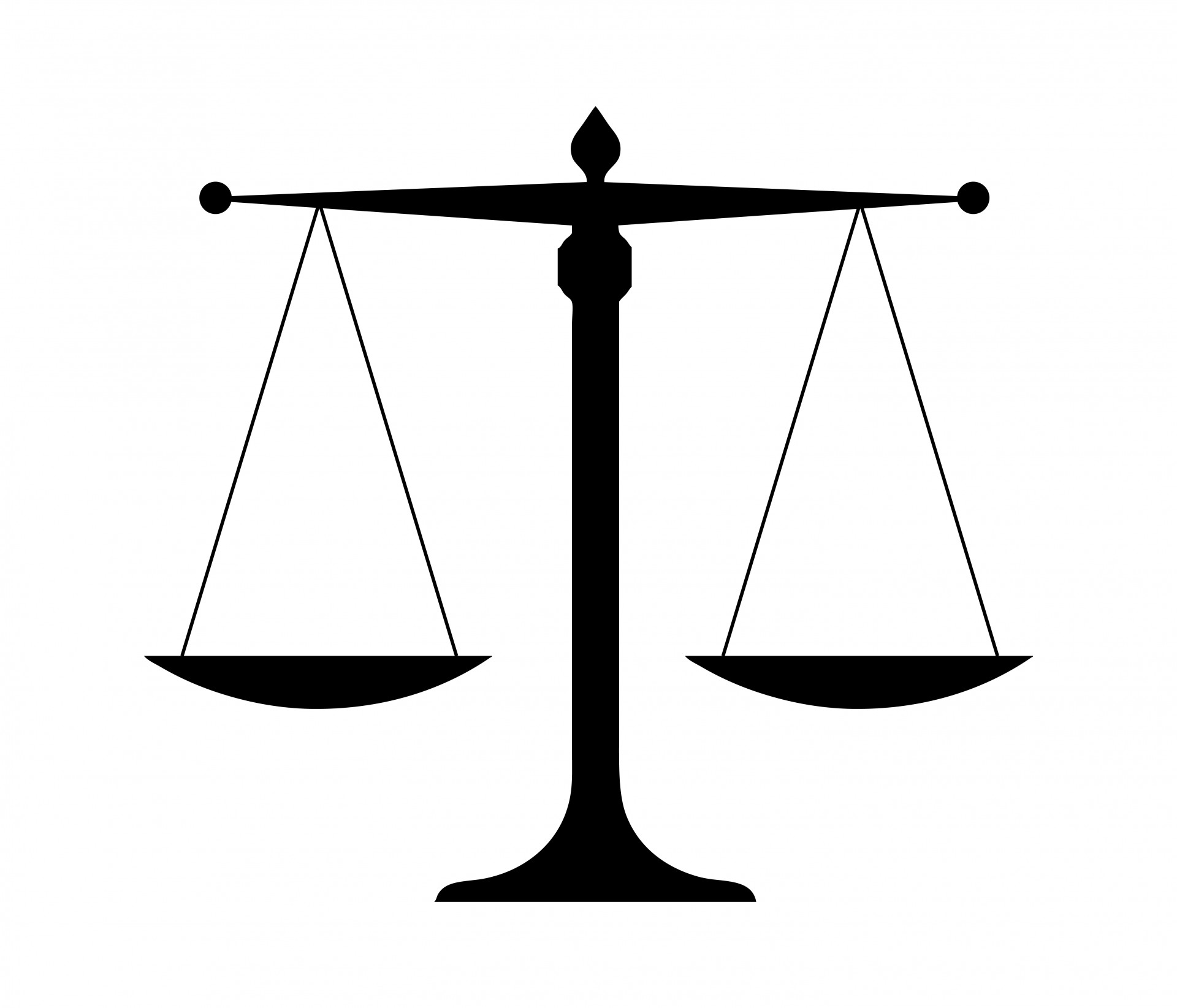Texas Supreme Court holds cord on walkway was a premise defect, not negligent condition of tangible personal property
JOHN SAMPSON v. THE UNIVERSITY OF TEXAS AT AUSTIN 14-0745 (Tex.-2016)
This is Texas Tort Claims Act (“TTCA”), where the Texas Supreme Court held an extension cord which causes a trip and fall is to be analyzed under a “premise defect” analysis instead of a “tangible personal property” analysis.
As Sampson was walking to his office on a sidewalk adjacent to a UT tailgate party, he tripped over an extension cord strung across a pedestrian walkway. Sampson sued under the TTCA under both a negligent condition or use of tangible personal property claim and a premise defect claim. UT filed a plea to the jurisdiction which was denied. The Third Court of Appeals reversed the denial and dismissed the claim. (Summary found here). Sampson appealed.
Under the TTCA, a different standard of care applies to a premise defect claim than a claim based on the negligent condition or use of tangible personal property. Citing to prior precedent, the Court held “… a plaintiff cannot plead around the heightened standard for premises defects, which requires proof of additional elements such as actual knowledge, by casting his claim instead as one for a condition or use of tangible personal property.” After going through an extensive history and definition analysis the Court held “[t]his determination turns on whether the contemporaneous ‘action or service’ (use) or ‘state of being’ (condition) of the tangible personal property itself caused the injury, or whether the tangible personal property created the dangerous real-property condition, making it a premises defect.” Here “…[t]he dangerous condition was the way the extension cord was positioned over the concrete retaining wall, resulting in a gap between the ground and the cord. The injury did not result from the use of tangible personal property because a UT employee was not putting or bringing the cord into action or service at the time of the injury.” Nor was the gap between the ground and the cord a condition of tangible personal property because it was not the defective state of the actual cord that resulted in the injury. This is a premise defect case. And under that standard, Sampson was unable to produce evidence UT had actual knowledge of the danger. “Hypothetical knowledge will not suffice.” An inference is not reasonable if premised on mere suspicion. After going through the evidence presented the Court held that “…while UT may have known the extension cord was capable of being pulled off of the ground, this amounts to constructive knowledge, which is not the same as actual knowledge of a dangerous condition.” The Court affirmed the dismissal of the claims against UT.
Justice Green delivered the opinion of the Court, in which Chief Justice Hecht, Justice Willett, Justice Guzman, and Justice Brown joined, and in which Justice Johnson, Justice Lehrmann, Justice Boyd, and Justice Devine joined as to Part III.



